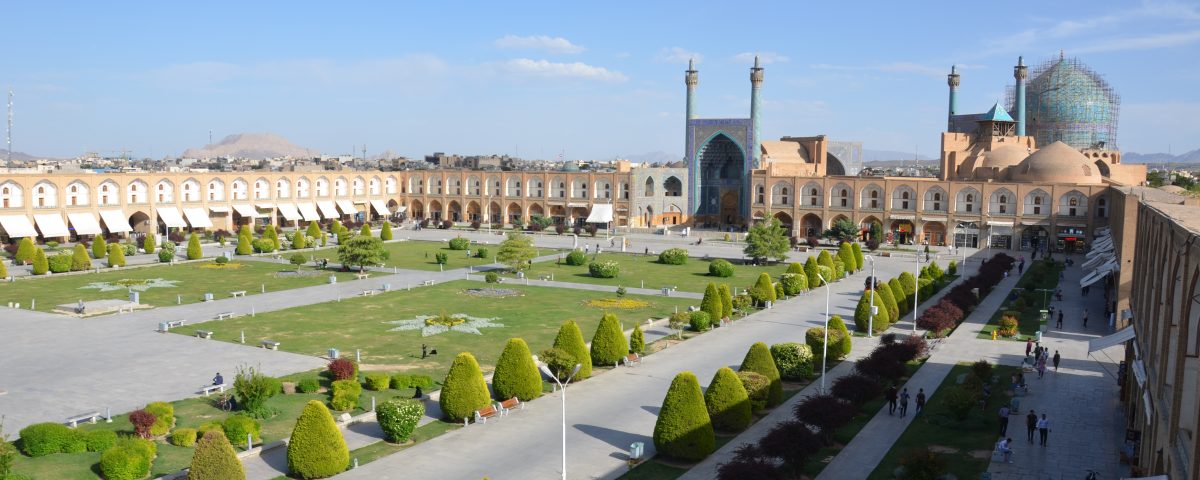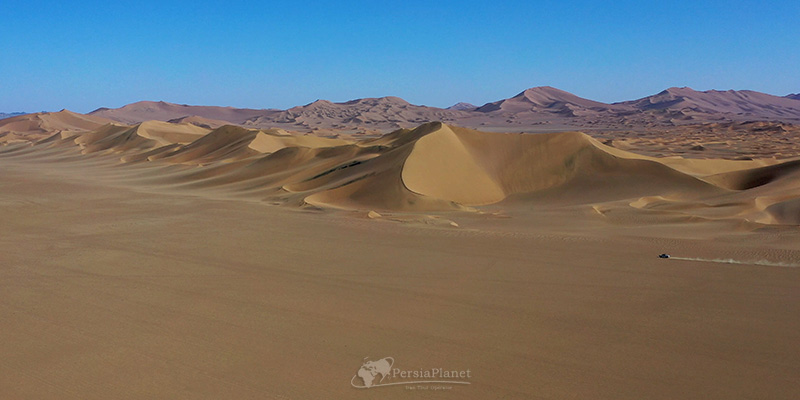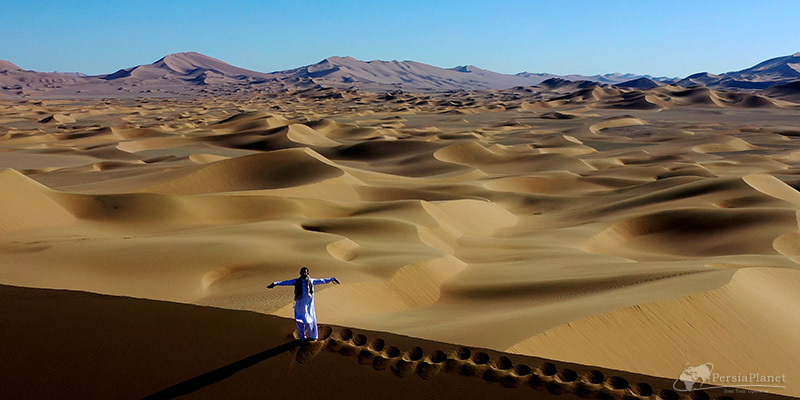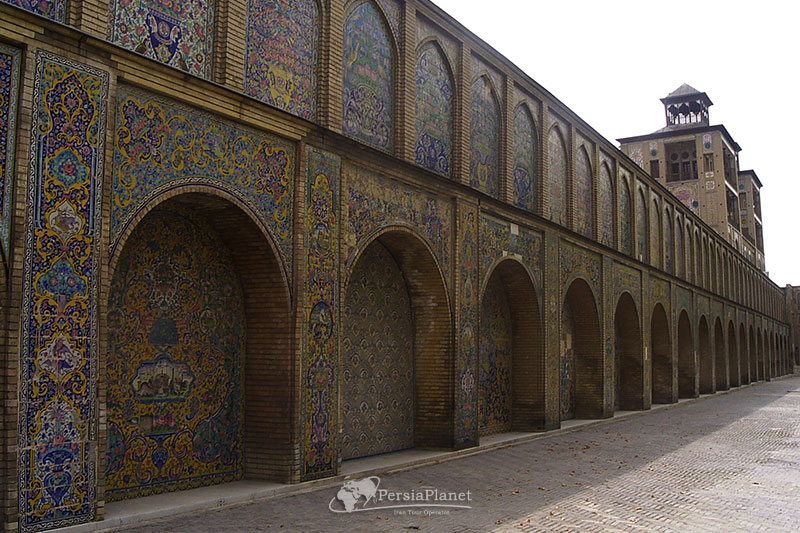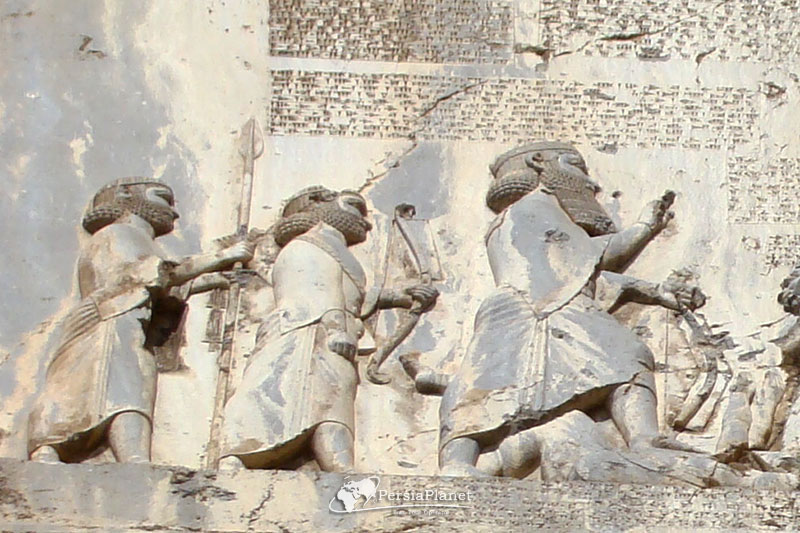Naghsh Jahan Square, Imam Square, Isfahan

Pasargad historical complex, Capital of Cyrus the Great, Shiraz
August 2, 2021
Ashkaf Canyon, Talator
August 3, 2021Naghsh Jahan Square, also known as Imam Square, is one of the most beautiful places in Isfahan. In fact, the gathering of many ancient monuments of this city is in Naghsh Jahan Square. This beautiful square has had many ups and downs during its life in different governments and has been neglected by the rulers at different times; But today it has a lot of glorious fans all over the world. The site’s inscription on the UNESCO World Heritage List demonstrates the importance of the area. During your trip to Isfahan, you can spend a lot of time in this beautiful square and enjoy watching its historical monuments and beautiful nature.
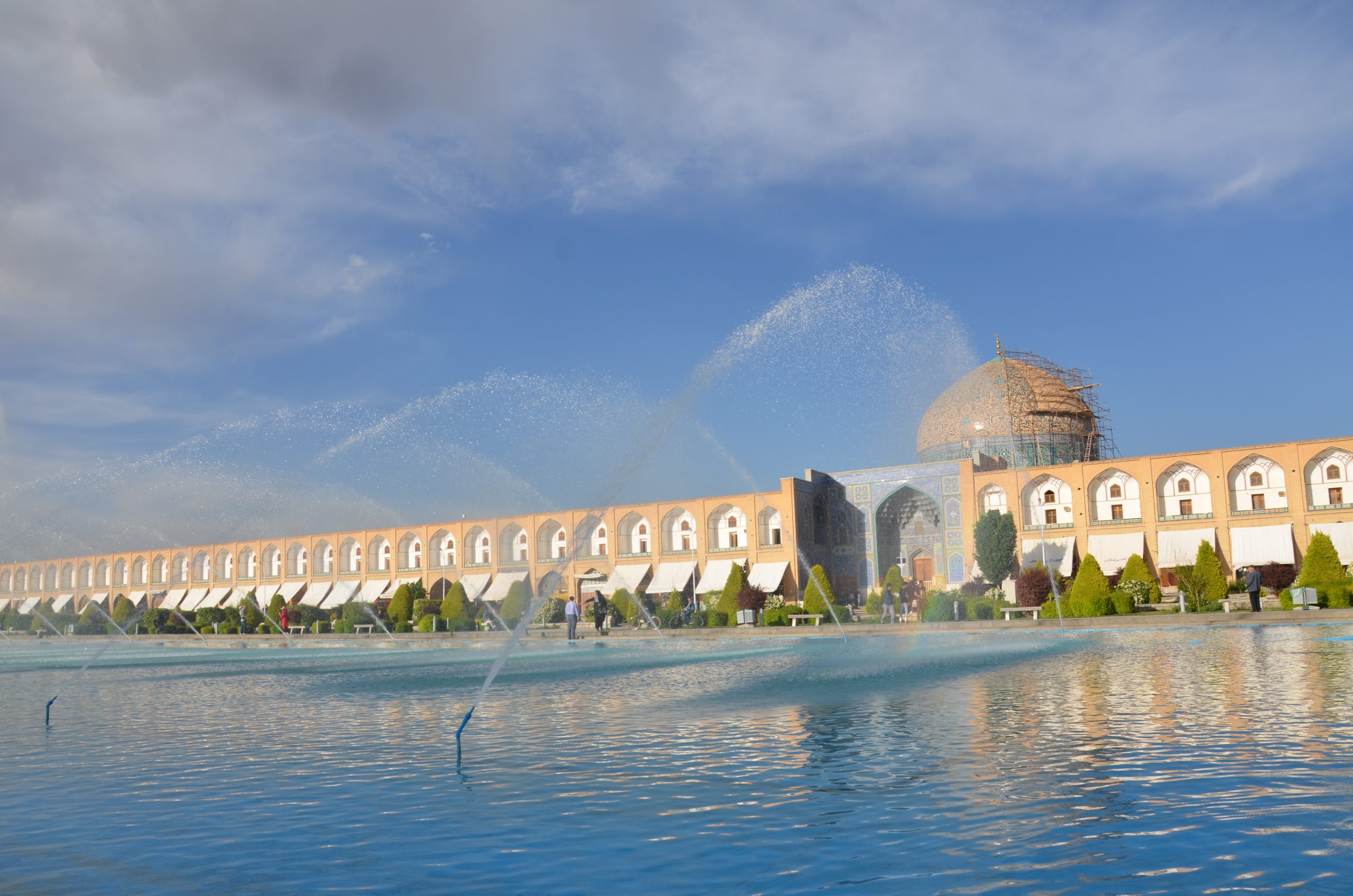
Introducing Naghsh Jahan Square
Naghsh Jahan Square in Isfahan is a prominent historical complex in Iran and the world. This beautiful square hosts many tourists every year who travel to Isfahan with the desire to visit the historical attractions and see the beauties of this square. Naghsh Jahan Square was known as Shah Square before the revolution and after that its name was changed to Imam Square. Other names of Naghsh Jahan Square throughout history include the Grand Square, the Main Square, the New Square, the Palace Square and the Royal Square.
Before Safavid times, there was a beautiful garden square called “Naghsh Jahan”. This garden took its name from a city in Azerbaijan, which is now called Nakhchivan. In his travelogue, Hamdollah Mostofi describes this old city as follows: Imam Square is located in the north of Isfahan and in the heart of the historical complex of the city, which was once the palace of the Safavid kings.
The most glorious historical period of this square dates back to the period of Shah Abbas Safavid. With the transfer of the capital from Qazvin to Isfahan, Shah Abbas built the historical monuments of this square and caused economic prosperity and the expansion of the market in it. The newly built square at this time was called the “New Square”.
The length of Naghsh Jahan Square is more than 500 meters and its width reaches 160 meters. Around the square, 200 rooms on two floors are covered and four valuable historical monuments are displayed in different parts of it. Over the years, arches have been erected around the square to protect the building, which over time have become modern cells.
This was a huge historical collection in the first Iranian sites that was registered in the UNESCO list.
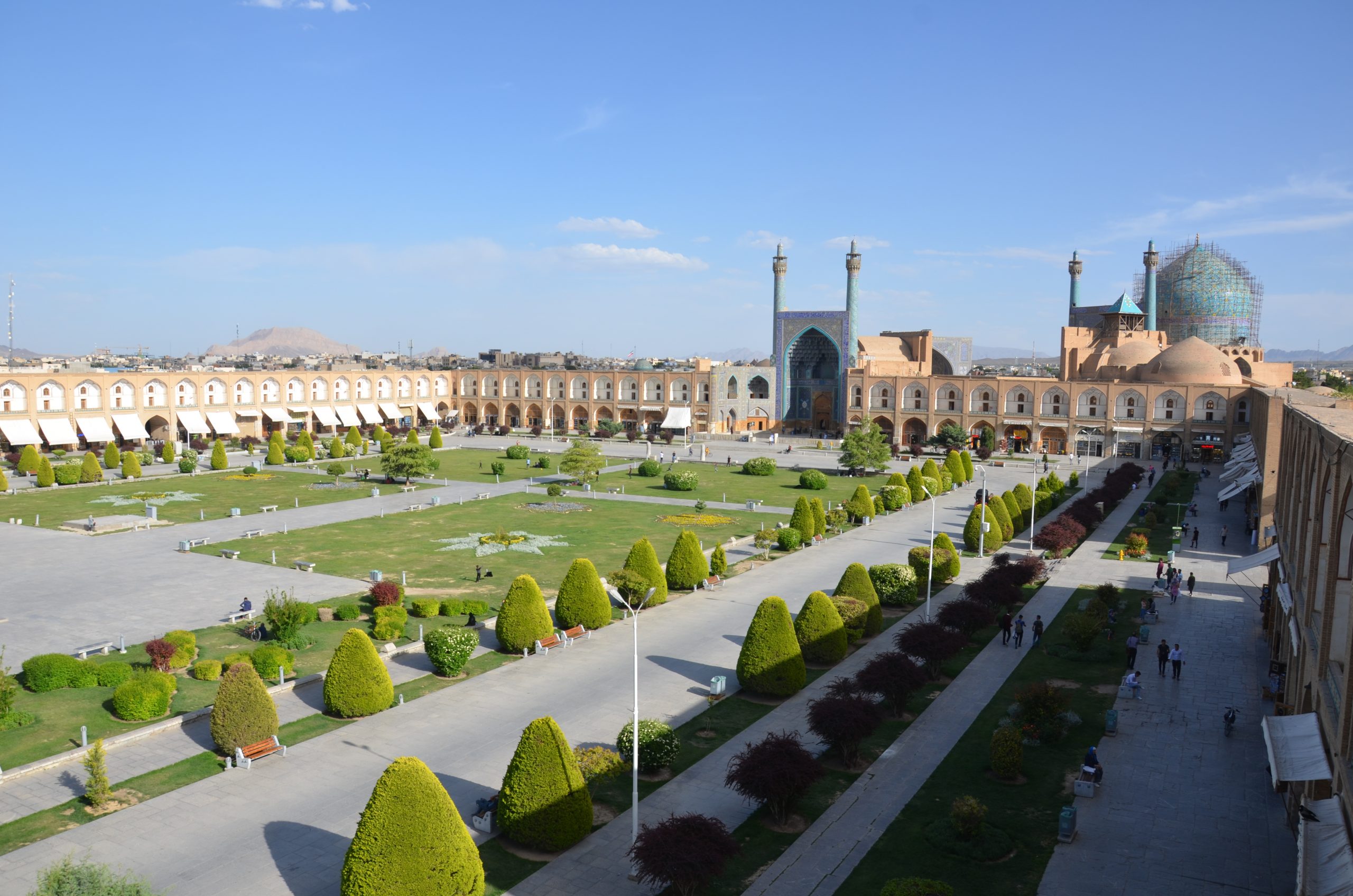
History of Naghsh Jahan Square
Before the Safavid government came to power, there was a large garden on the site of Naghsh Jahan Square, and in the middle of the square, which was called “Dar Kushk”, there were military buildings from the Timurid and Agh Quyunlu periods. This was the western part of today’s square where the “Aali Qapo” mansion is now located. Since the Seljuk rule, the square has been the site of national celebrations such as Nowruz and the execution site of convicts. During the Safavid period, with the change of the capital from Qazvin to Isfahan, the era of the glory of this square began and its grounds became the location of government buildings and the Shah’s palace.
Shah Abbas Safavid, with the aim of expanding the city to its southern part on the outskirts of Zayandehrood, by employing skilled architects such as Ustad Mohammad Reza and Ali Akbar Isfahani, established the original building of this square. In the design and construction of this square and its historical monuments, it is inspired by the architectural style of the Iranian square, of which prominent examples are Isfahan’s Atiq Square, Amir Chakhmaq Square in Yazd, Shah Square and Sahebabad Square of Qazvin pointed out.
The original foundation of the present form of Imam Square was built in 1603 and gradually the construction of the square and its buildings was completed by 1616. The work of decorating mosques and buildings began in 1616 and continued until the reign of two of Shah Abbas’ successors.
During the last Safavid kings, Shah Suleiman and Shah Sultan Hussein, Naghsh Jahan Square lost its glory and suffered a lot of damage. This process of destruction intensified during the Ashraf Afghan invasion of Isfahan and continued until the Qajar period. Many parts of the mansion were destroyed due to the negligence of the Qajar kings. Due to the change of the capital from Isfahan, little attention was paid to this prominent square in the center of Isfahan.
During the reign of Reza Khan Pahlavi, the reconstruction of historical buildings and cells around Naghsh-e Jahan began and economic prosperity returned to Naghsh-e Jahan market. During the reign of Reza Khan, this square was registered in the list of historical monuments of Iran. From this time until today, the precious historical heritage of this square is still protected.
Naghsh Jahan Square is one of the largest squares in the world. In the past, this square was the place of royal celebrations, polo games, army parades, Friday bazaars and many shows, and during these days, it was lit all over. For ordinary people, the space inside Naghsh Jahan Square was the best place to walk and shop. Two polo stone gates are also remembered in this square, which are the oldest polo gates in the world.
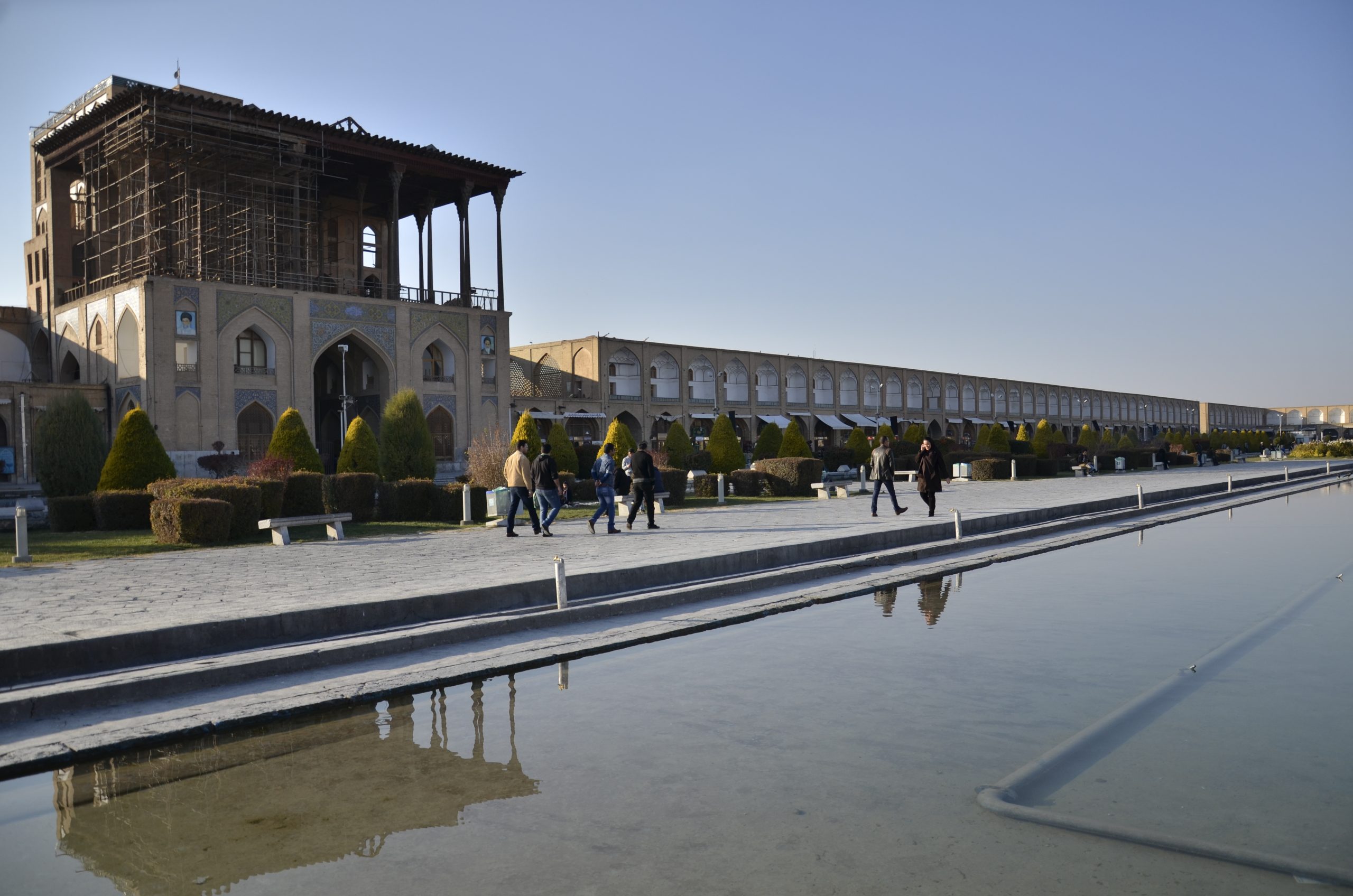
Where is the Naghsh Jahan Square?
Naghsh Jahan Square in Isfahan is located in the north of this city and in the center of Isfahan’s historical sights. To the east of the square, Hafez Street and to the west of Sepah Street, the entrance routes to this square are included. Sepah Street is perpendicular to Zayandehrood and due to the parking lot at the entrances of this street to the square, there is a lot of traffic. You can walk to the square from Governor Street, the alley behind the kitchen and all its parallel alleys.
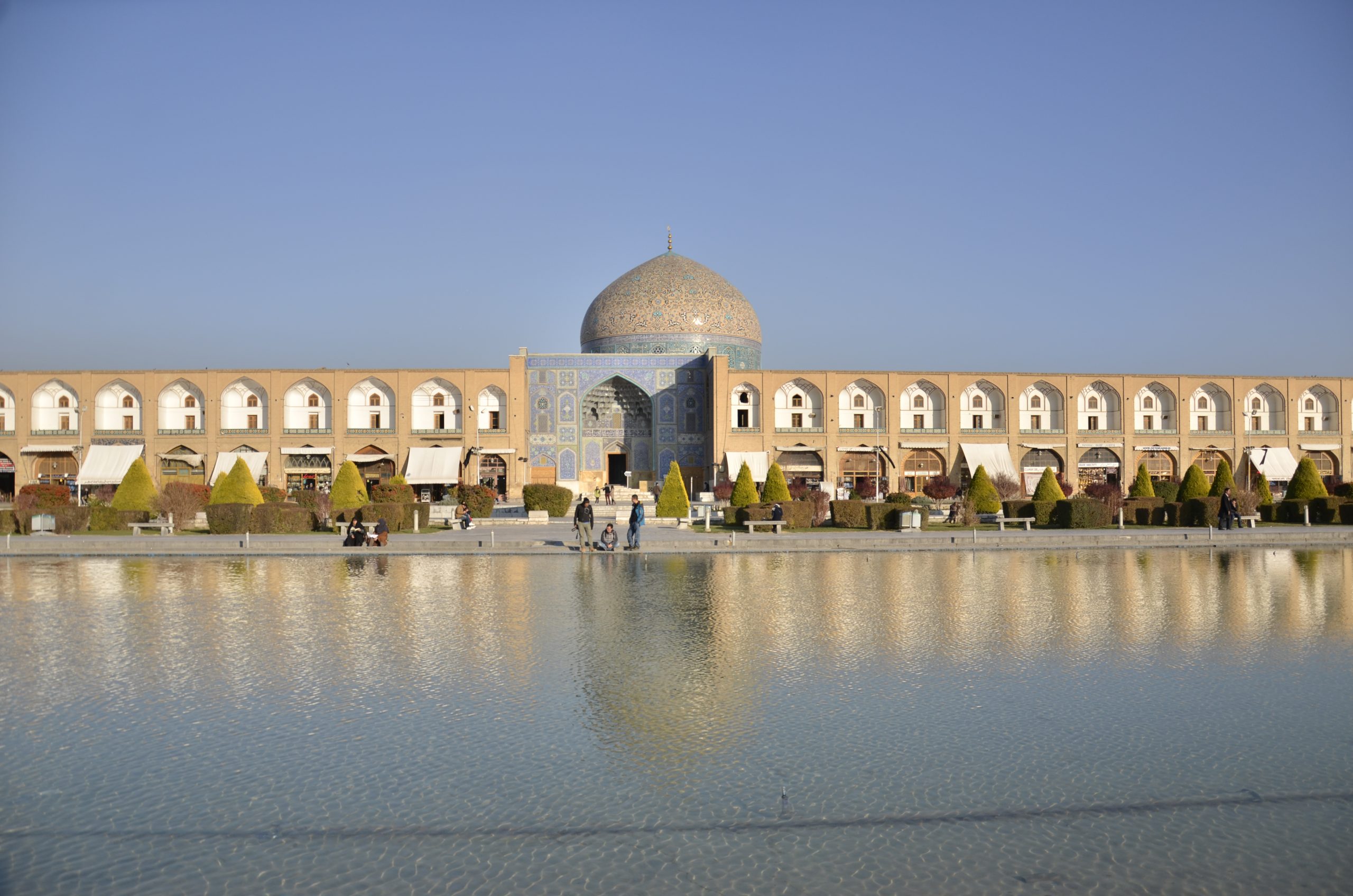
Sights of Naghsh Jahan Square
Each of the monuments built in this square was a symbol of urban life and community and national solidarity. The Abbasi Grand Mosque or Shah Mosque on the south side of the square was the social center of the city and was built for large gatherings of people on various occasions. Sheikh Lotfollah Mosque on the east side of the religious center, Aali Qapo Mansion on the west side of the Government Center Square and Sar-dar Qaisaria were other historical monuments located on the north side of Naghsh Jahan Square, the important economic center of the city.
The area around the square is covered with historical rooms that are the main sales center of Isfahan handicrafts today. Reconstruction of the old cells of the role of the world, in order to preserve the art and expand the handicrafts of this city, has been done in recent years. The two old polo gates are also historical monuments of this square. In this section, we will introduce these outstanding historical monuments.
Abbasi Mosque (Imam Mosque)
Isfahan Imam Mosque is the most important historical mosque left from the Safavid period. The construction of this building began in 1612 and its decorations were done during the reign of Shah Suleiman. The architect of this work is a prominent artist, Ali Akbar Isfahani, and the inscription on the famous calligraphy of the Safavid era is Alireza Abbasi. Works and inscriptions of other famous and prominent artists can also be seen in different parts of the mosque.
Imam Mosque is a feature of Safavid architecture and the shape of the minarets and domes are designed with very artistic tiles. The reflection of sound under the dome is a feature of the Abbasi Grand Mosque. In the past, this mosque was also known by names such as Shah Mosque, Kabir Abbasi Mosque and Soltani Mosque.
Aali Qapo mansion
Aali Qapo mansion on the west side of Naghsh Jahan Square has an infrastructure of about 1800 square meters and 6 floors. The salient features of this palace include the beautiful decorations of the floors, the sound reflection at the entrance of the palace, the very beautiful reception hall and the main music hall. The palace has 53 rooms for relaxation, meetings, government and reception of ambassadors and guests. The architecture of Aali Qapo is based on wooden foundations. This beautiful building is still being renovated.
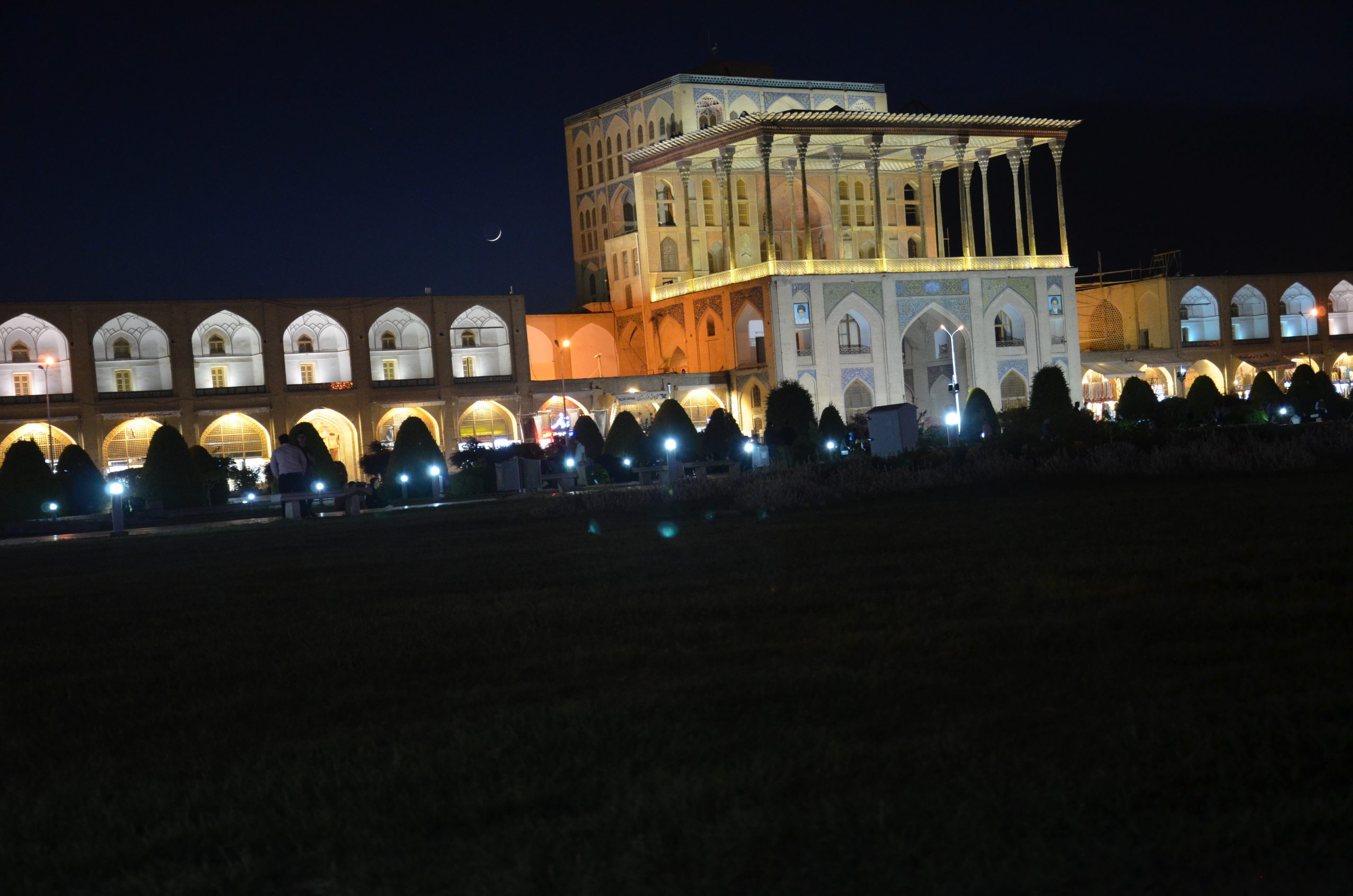
Sheikh Lotfollah Mosque
One of the most beautiful historical mosques in the world is Sheikh Lotfollah Mosque in Isfahan. This mosque was built by the order of Shah Abbas I for the exclusive use of the Shah. Sheikh Lotfollah Mosque is located in the east of Naghsh Jahan Square. During the Qajar period, the main building and the decorations of the mosque were severely damaged; But Reza Shah Pahlavi rebuilt it. The construction of the 32-meter dome of this mosque took 17 years. The tiles of the dome of Sheikh Lotfollah Mosque are the result of its reconstruction in 1898. Unlike other mosques of the Safavid period, this mosque does not have a courtyard or minaret. The inscription written by the famous calligrapher, Alireza Abbasi, is displayed on the entrance of this building.
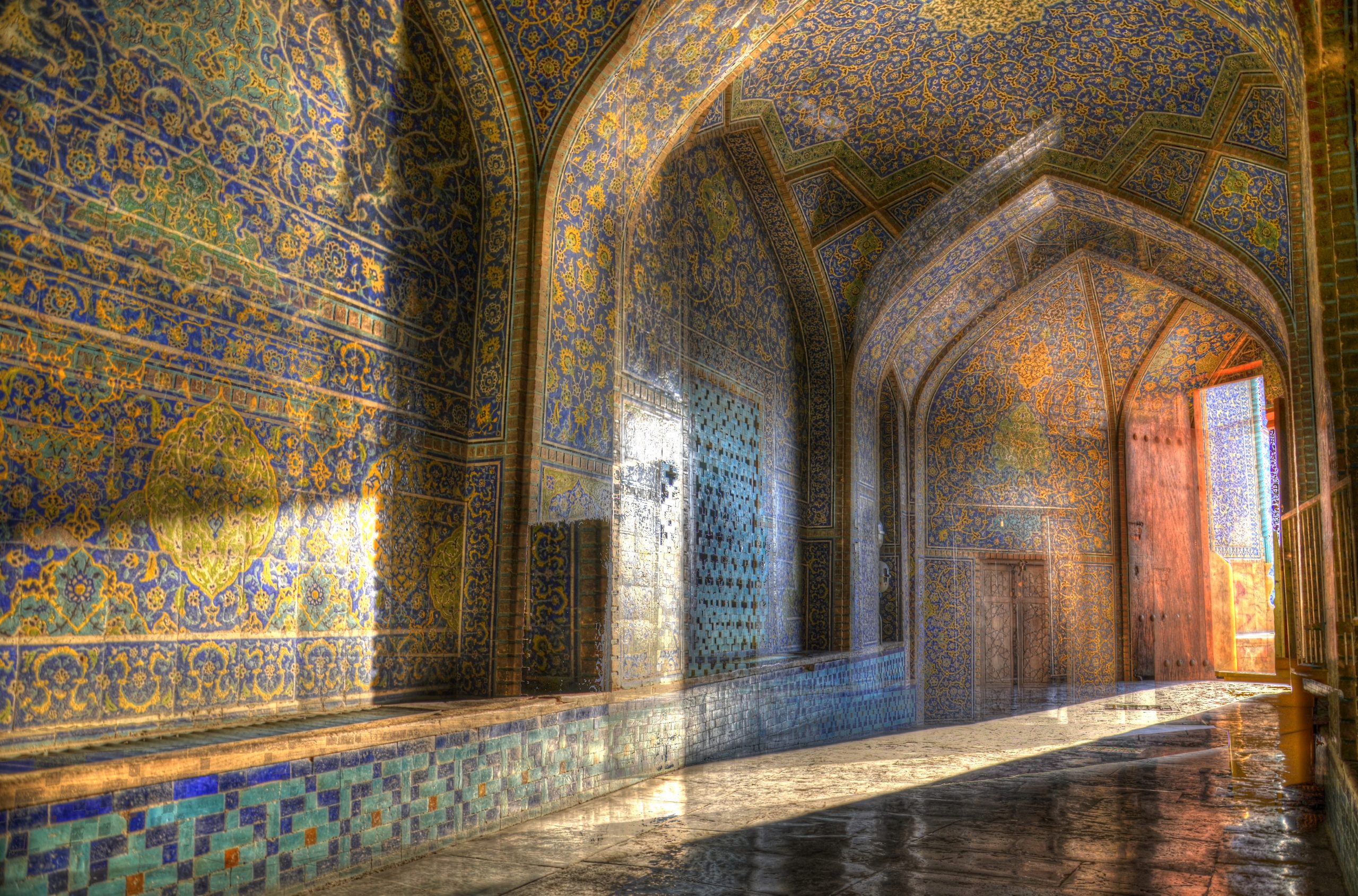
Sar Dar Qaisaria
Sar Dar Qaisaria is located on the north side of Naghsh Jahan Square and is the gateway to the traditional and famous bazaar of Isfahan. The third floor of this bazaar used to be a tin house where different times of the day were announced with the sound of music. This part of Qaisaria Bazaar was destroyed during the Qajar period. The head of Qaisaria includes four side doors and a main gate. In 1922, the pond in front of this gate became a garden, but today it has been revived. Due to the similarity of this building to its example in the city of Qaisaria, this name was given to this building. Among the most prominent works left in this historical monument, we can mention paintings by Reza Abbasi, the bell of Deir Hormoz and the clock of the orange castle of Hormoz. The bell and clock commemorate the conquest of Hormoz Island during the Safavid rule.
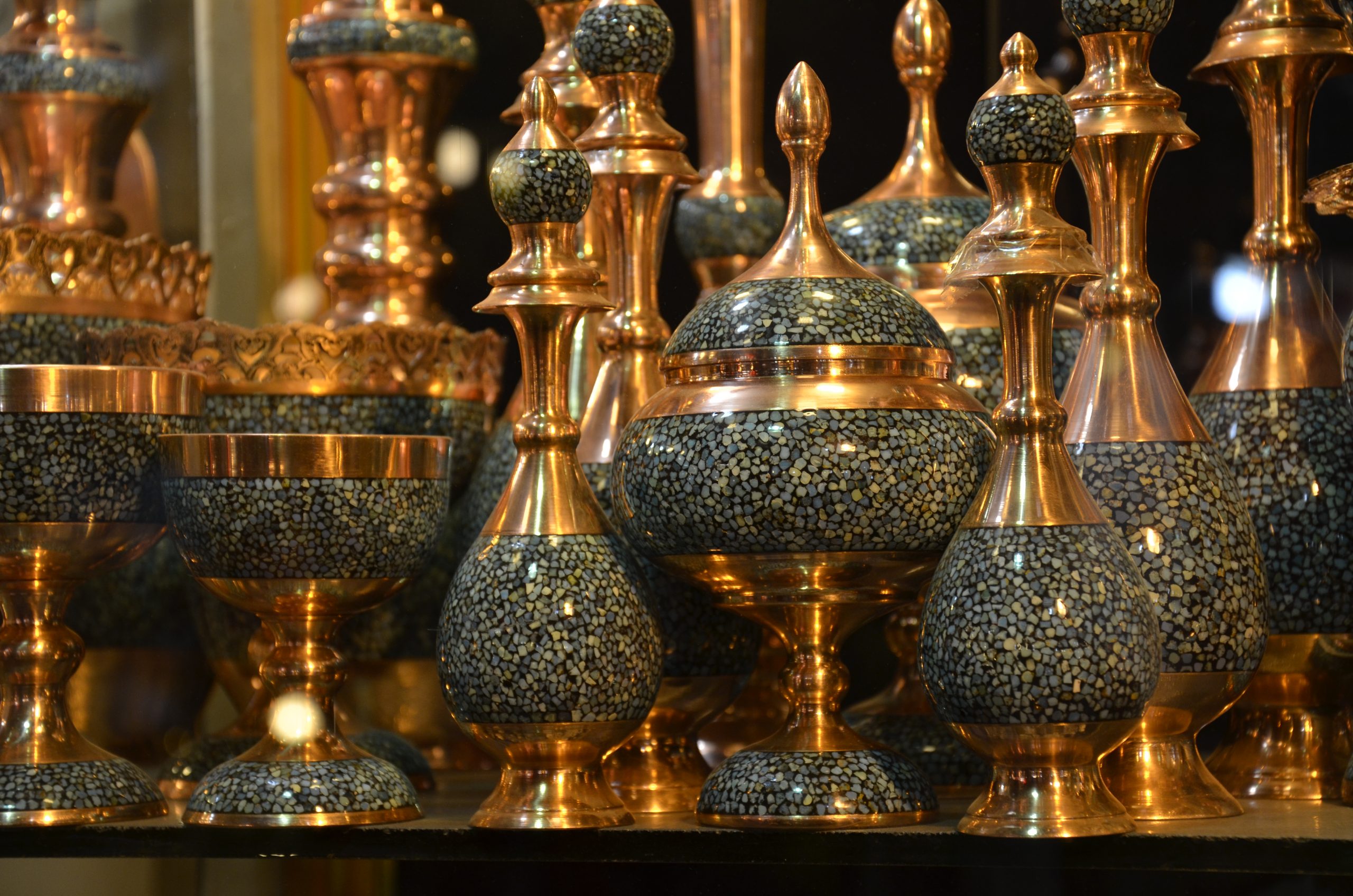
Best season to visit Naghsh Jahan Square
Spring is the best season to travel to the central and hot cities of Iran such as Isfahan. The season in which the Naghsh Jahan square becomes a spectacular paradise. Green paradise with four gates to the history and civilization of Iran. Also, in early autumn and late summer, Isfahan is full of tourists of different nationalities.
Time to visit Naghsh Jahan Square
Visiting Naghsh Jahan Square is free, although the buildings around the square each have separate tickets. It is possible to visit Naghsh Jahan Square at all hours of the day and night, but the activity of the cells and the surrounding attractions has its own time. This time is usually from 9 am to noon, and after the noon prayer, they can be visited again until about 6 pm.
Mehdi Gholami.

